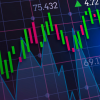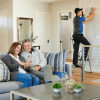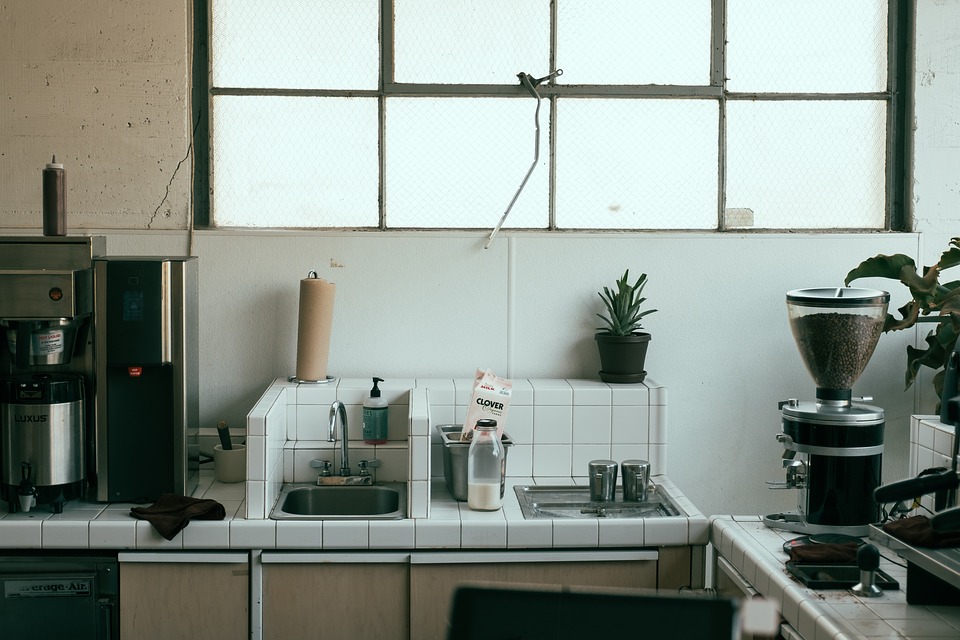When it comes to property maintenance, it’s not uncommon to overlook garden railings, whether they are made of wood, iron or steel. They are outdoor fixtures that are often regarded as unessential and not necessitating care. To many, nothing significant changes if they are damaged or if they become structurally weakened. This way of thinking shouldn’t be the case, though. Railings in the garden are not only installed as decorative outdoor fixtures.
Treat them as fences:
Just like fences, you have to make sure that their structural integrity is maintained. They may not be there to provide security, but it’s important to make sure that they are as sturdy as they should be. Railings are installed for different reasons. For one, they could be used as protection for plants from pets or people who may unwittingly step on small plants. They will not be able to serve this purpose if they are weakened.
On the other hand, railings also serve as occasional support structures for those who walk around the garden. If you lose your balance while strolling around, you will likely hold on to the railing if you see one. If the rail breaks with the slightest of pressure, it will aggravate accidents. Aside from not being able to support your weight when you lean on them, they may expose some sharp parts as they break or bend. These sharp pieces can result in wounds.
Maintaining wooden railings:
For garden railings made of wood, remove the vines that climb on them. These vines can hasten the disintegration of wood as it keeps moisture and prevents the sun from drying the wood. They can also serve as a hiding place for vermin. If the paint has already faded or peeled off, be sure to do a new paint job. Paint does not only improve the appearance of wooden rails. It also helps protect them from the elements.
Maintaining steel or iron railings:
One of the most important steps for garden railing maintenance is cleaning. Make sure nothing unwanted is stuck to the rails not only to keep them looking good but also to prevent damage. You’ll be surprised how the fecal matter of birds or the nesting of insects can speed up the wear and tear of your railings. Don’t let weeds cover the rails. Locate their origin, so they don’t quickly crawl back up again.
Be on the lookout for rust. If corrosion develops, it means your coat of paint protection has been scratched. Scrape the rust off and repaint the affected portion. Examine the rest of your railings to see if there are other parts that could use a new layer of protective coating. If you use lawn trimmers or grass cutters, realise that the repeated strikes against your railing’s lower sections can become a starting point for severe damage.
Strive to make your railings last long. They may not be an essential part of your property, but you spent good money on them. You may not feel like you lose anything if they are taken away, but those railings in your garden are there for a reason.
Read Also:
























